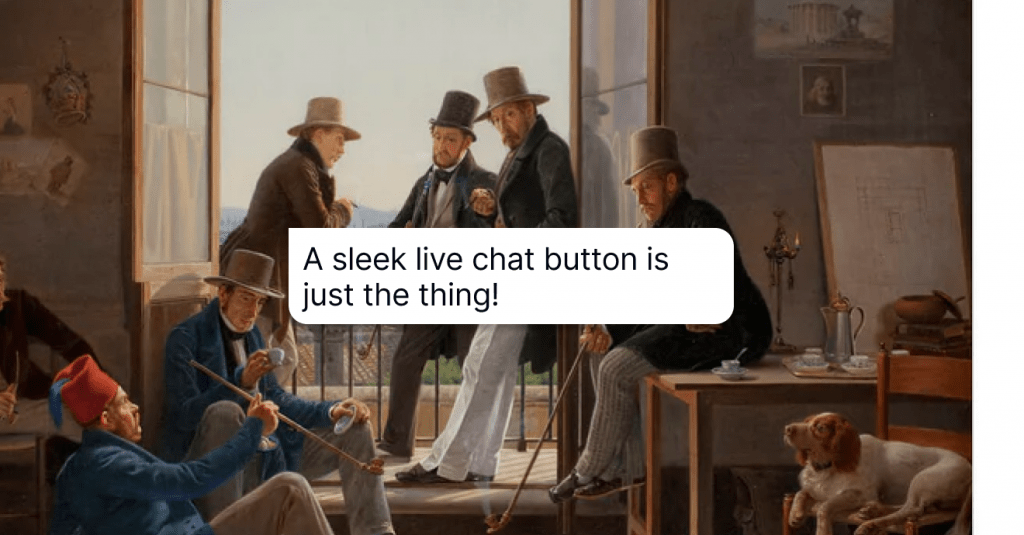Top 5 Customer Retention Examples to Spark Your Creativity
Looking for some customer retention inspiration? We've got 5 companies that got their retention strategies just right.
Written by Owen Baker

At the core of every successful business are its customers. They are a company’s most valuable resource. As anyone working for a company will know, customers are expensive to acquire and easy to lose, which is why customer retention is so important.
In this article, I will share five companies that have been largely successful in their customer retention strategies. There are lessons here that will be valuable to your business.
But first, let’s look at why customer retention is important.
Benefits of customer retention
People often like to use the analogy of the customer journey when analyzing sales. At the start of this journey is awareness; this is when you make a person aware of your services. Then there is interest, consideration, purchase, retention, and advocacy.
I like to think of the customer journey as a cycle.

Each stage of this journey has a drop-off. Depending on your conversion rates, you might need to generate interest from 500 people to make one sale.
Understandably, generating interest and making people consider a purchase is an expensive process. They are the two costliest parts of the customer journey. According to findings published in the Harvard Business Review, it costs, on average, five to 25 times more to acquire a customer than it does to retain them.
Not only that, customer retention has these benefits over customer acquisition:
- According to Invespcro, companies typically have a 60% to 70% chance of selling their products to an existing customer. This is way higher than the 5% to 20% chance they have of selling the products to a new one.
- Existing customers are likely to spend more money on purchasing a company’s products than new customers. Business.com says repeat customers spend 67% more money than existing ones.
In short, it’s easier and cheaper to sell to existing clients and avoid being the subject of customer horror stories. Customers who you manage to retain are then more likely to make high-priced purchases. Maximizing customer retention, therefore, is a surefire way to improve profitability.
Customer retention examples from top brands
Now you are clear on the value of customer retention, let’s look at five companies with strategies you might want to copy. I’ll share some customer retention examples across a couple of different niches.
Let’s get started.
1. Bombas: define your brand vision
When a company has a clearly defined set of brand values, you’ll find people buy into this vision. A brand tribe is a group of people who feel the company they purchase from associates them with a community that shares a certain set of beliefs.
You’ll find many famous companies that have a brand tribe. Global customer retention strategy examples you may have heard of include Bodyshop and Patagonia. For people to buy into your brand, the brand vision and mission, core values, and story needs to resonate.
I’ll share another example with you.
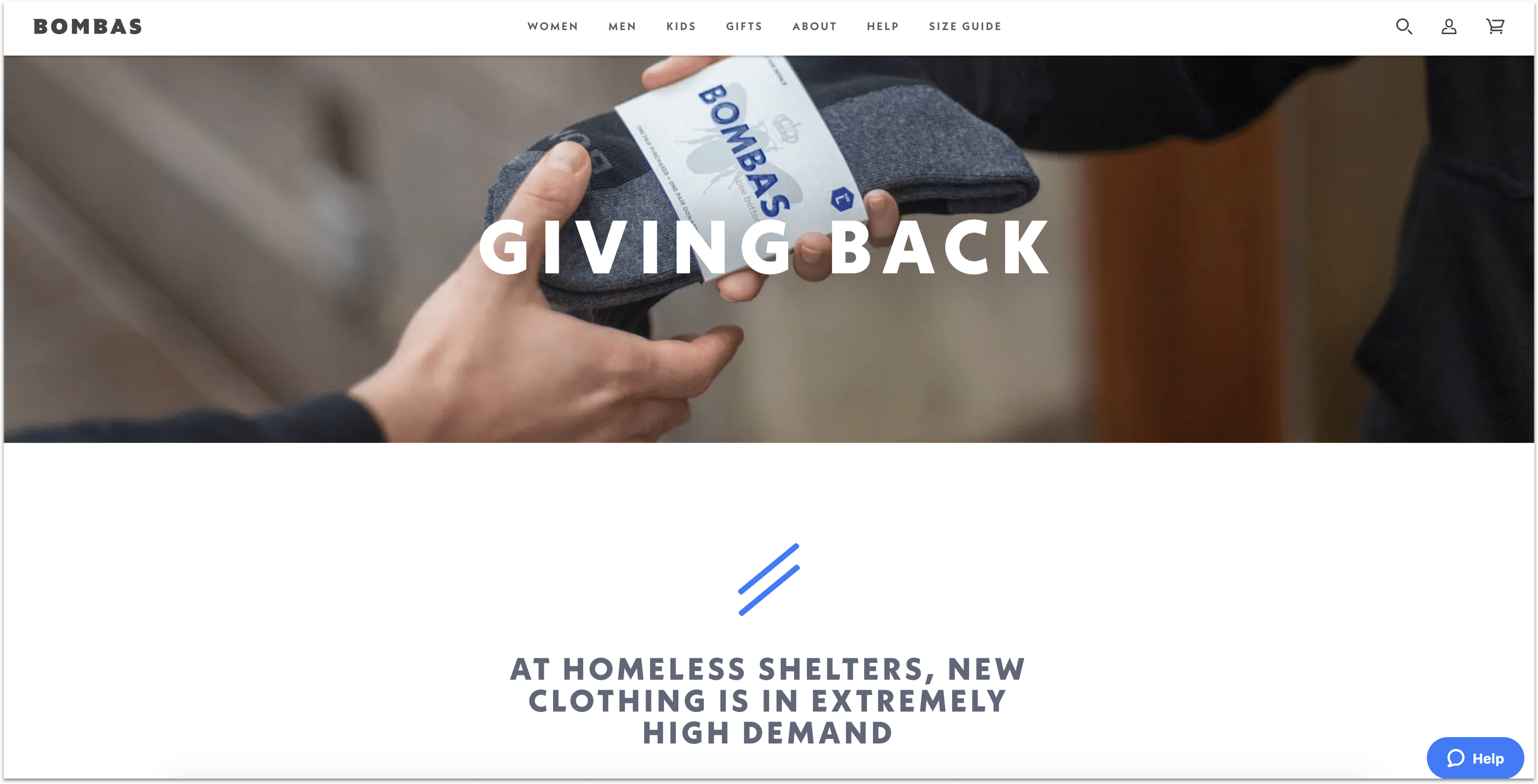
Bombas is an apparel brand that has been very effective in retaining its customers. The company’s mission is partly philanthropic. They donate an item to those in need for every item sold. A clear set of values are built into the company. They include social responsibility and care for communities.
In short, Bombas does not merely market itself as a clothing brand that wants to sell. Its message on its website is clear: “We exist to help support the homeless community, and to bring awareness to an under-publicized problem in the United States.”
It’s a message that many people will buy into.
2. Amazon: focus on the customer experience
One effective and increasingly common method to retain customers is to track customer data points and create a personalized customer experience based on a user’s previous interactions with your brand. One of the masters of this approach is the e-commerce giant Amazon.
As a previous buyer, you are offered a personalized experience from the moment you access the site. You get everything from product recommendations and product upsells based on buying behavior, through to an overview of items you viewed. This personalization saves the user time and aids navigation through the site.
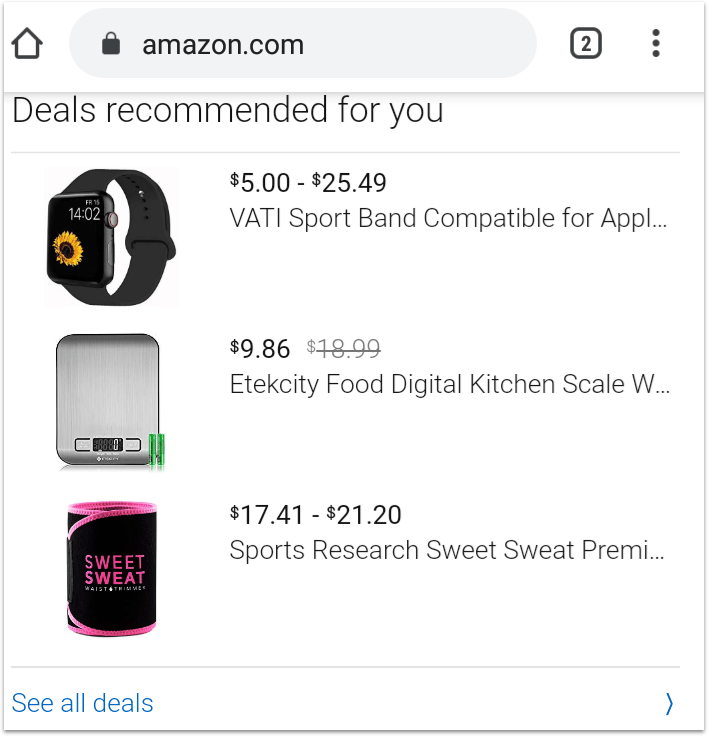
This focus on providing the best customer experience has paid dividends for the company.
The Amazon Prime membership platform has incredible retention rates. In the US, 93% of customers stay after the first year, and 98% after two years as of June 2019. Amazon’s loyal prime members also spend a whopping $1400 on average, or more than double the $600 a new buyer usually spends.
3. Nestlé: monitor and improve based on customer feedback
Another way to retain customers is to facilitate customer feedback. This is a no-brainer. The best people who can tell you how to retain customers, after all, are your customers themselves. Once you get that feedback, you can adjust your products and services accordingly.
Facilitating customer feedback can be done in several ways.
For example, you can send surveys through an email service provider to your customers. Through a survey, you could ask questions like:
- How did they come across your company?
- Would they recommend the company to friends and family?
- How would they rate the shopping experience?
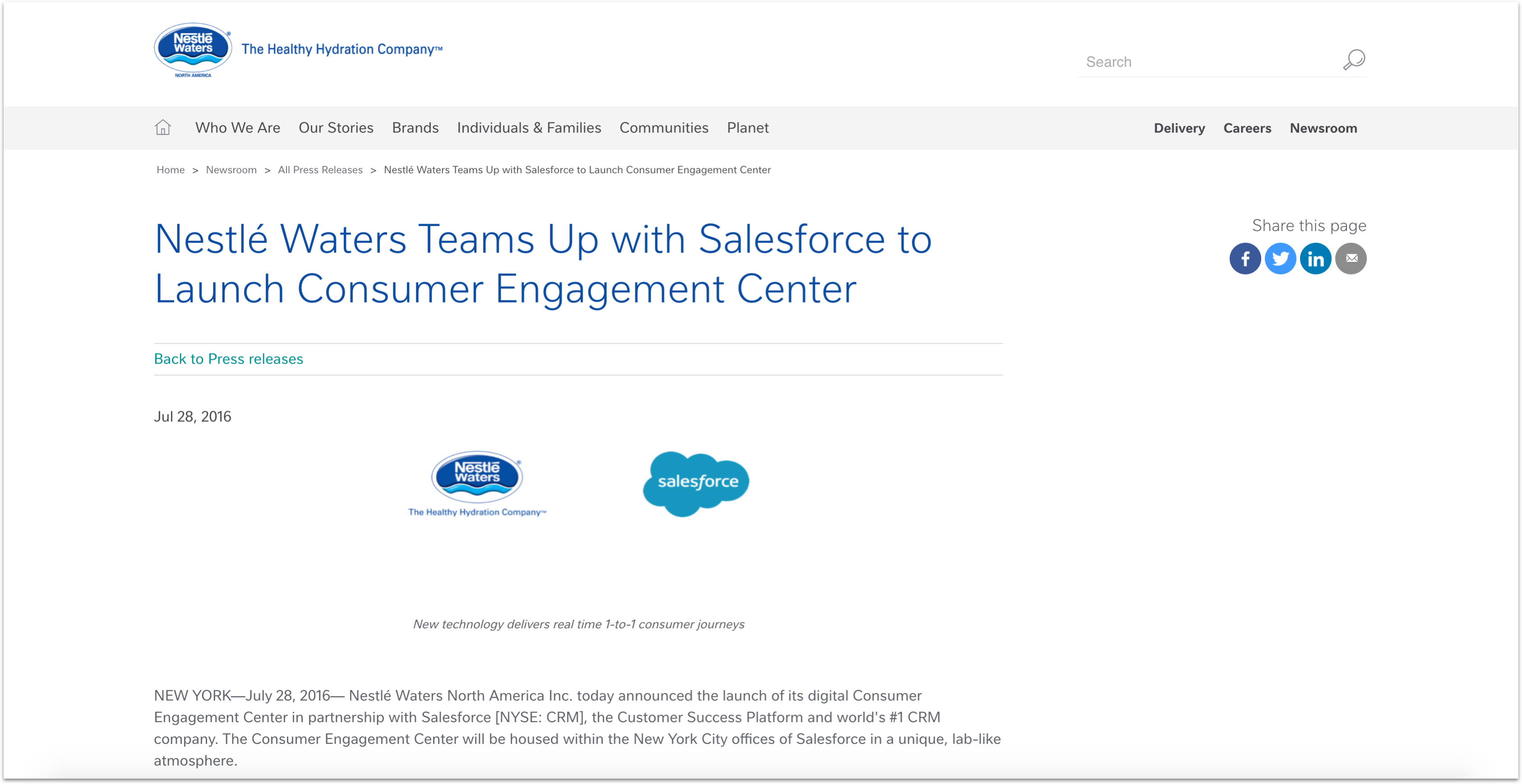
The data you gather in this way is dependent on whether or not the customer answers your email. However, there are many other customer satisfaction metrics to take into accounts such as customer service satisfaction, net promoter score, customer effort score, and whatnot.
You can also monitor social media yourself and listen to your customers. This is what Nestlé has done with Nestlé Waters North America’s Consumer Engagement Center. The center looks at online communities and their feedback on Nestle’s products and services to improve them.
You don’t need a whole customer service center to monitor social media, of course. There are plenty of affordable software platforms that allow you to monitor social media.
4. Starbucks: create a rewards program
Rewards programs are another effective customer retention strategy. For one thing, a reward program allows you to track your customers’ purchasing habits. This has obvious value, as it enables you to create better-targeted advertising campaigns.
In exchange for the ability to track customer behavior, you can offer discounts and exclusive offers. Through this, you can help make your customers feel that the business values their customers.
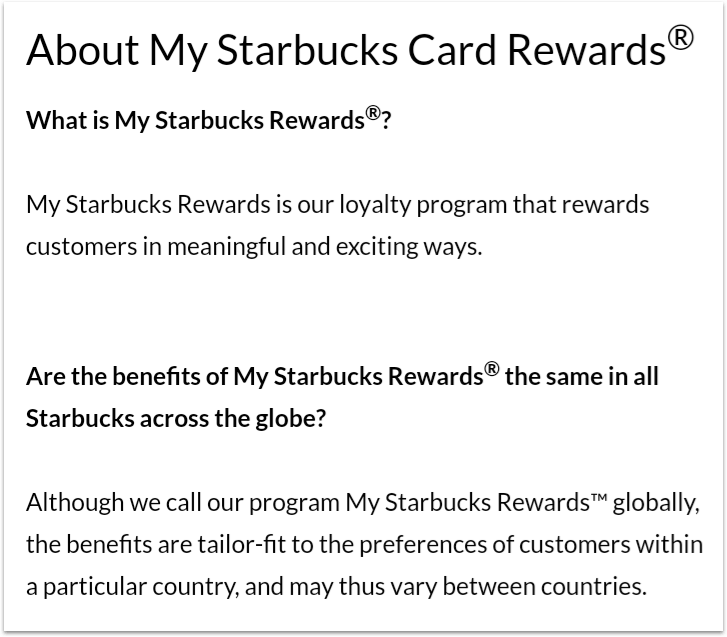
Starbucks is an excellent example of a company that employs this strategy. The Starbucks Rewards program varies from country to country as it is tailor-fit to the preferences of its customers, but the objective of the program is the same: to keep customers coming back for more.
5. Apple: create a space to engage with your company
Customers are likely to buy products in the future from the same company when they have an enjoyable customer experience. We already discussed how Amazon provides this experience online, so let’s look at the offline retail space.

Apple is an excellent example of a company that has used its retail space to build its brand. Many of its physical stores across the globe are such architectural marvels there’s even a list ranking them based on their beauty.
Inside the stores, customers also get that enjoyable experience. They are, after all, not just stores that house Apple products. A lot of thought has been put into the design of the stores.
Apple stores are a place where you can experience a product, and the company’s design values, purchase a product and get them fixed.
Choosing the right customer retention strategy/strategies
When choosing the customer retention strategy or strategies for your business, always consider your circumstances. What you sell and where you sell it will determine the customer retention strategies that will work best for your business.
Start with the basics. Focus on product quality, service provision, and customer service. This is what we have done at Voila Norbert, an online email verification tool. These are the building blocks of your business.
The product is what the person is buying. The service covers everything from product delivery to customer service is how a person engages with the company. You need to get these right.
For a website, online tools like live chat software and personalization can help improve the initial experience. Rapid and even free delivery can be differentiators that help you stand out from your competitors.
Finally, you have things like the brand values. These are things that a customer should experience, like the example I provided earlier with Bombas. Values like “we care” are meaningless if a person never experiences them.
When developing your customer retention strategy, remember that the customer should be your focus. If customers are satisfied, they are more likely to stay with your company.
Wrapping up
I started this article by outlining why customer retention is essential for any company that wants to maximize profits. As I mentioned, it is easier and cheaper to sell to existing customers than to new ones. Retained customers are also more likely to make expensive purchases than new customers.
After explaining why customer retention is so important, I listed five companies and provided examples of customer retention strategies they are using. Bombas openly shares its core values with its customers. Amazon focuses on personalized experiences, while Nestlé facilitates customer feedback. Starbucks, meanwhile, has focused on the development of its rewards programs. Apple offers an enjoyable customer experience.
Hopefully, this guide to customer retention has provided you with some ideas about initiatives you could implement at your company. Now, the rest depends on you.




